Car photography, its effect on me and a few tips for new photographers out there.
- ReleaseTheShutter
- Jul 15, 2019
- 5 min read
Since long before I was born, my father was building and working on cars, as I touched on in a previous post. Last year, thanks to a lifetime of being immersed in car culture, I finally found a way to put two passions together: cars and photography. I was enroute to a shift working construction when I saw a billboard for the 2018 Canadian Superbike Championship that took place at Canadian Tire Motorsport Park (@ctmpofficial on Instagram). On a whim and a "prayer" after seeing the billboard I sent an email to the media personnel at CTMP. It happened to be received by the awesome Sam Fellows, son of the legendary Ron Fellows. I was elated to find out I'd be given track credentials for the weekend, and was so excited that I camped the whole weekend. I took a few thousand photos on my single CF card, and met some other wonderful photographers, racers, organizers and the track personnel. I immediately felt welcomed into this whole new world. After the weekend was over, I was so excited to share my first motorsport photos that I even skipped editing (which I've left up on my Facebook page as a reminder to myself of what not to do). As I was still a heavy marijuana user at the time, I made a major blunder in my stoned state by accidentally deleting all the images before they had a chance to transfer to backup. Even with these two rookie mistakes, I was still instantaneously hooked to my new favorite thing. I wanted to shoot more and more automotive of all sorts.
Recently I began experimenting with where and how I was shooting cars. Instead of just shooting the infrequent large races I began shooting the smaller track day, as well as going to as many car shows as I can manage. At these events I now shoot a lot of my images with not only the intent to document but also to place them into compositions in some of my recently shot scenic backgrounds. For example a BMW M3 shot in a boring parking lot - but then transported to an exciting mountainous background shot in Squamish B.C.
I wake up every morning intently focused on what I can do today to improve myself, my photography and business, and the world around me until I close my eyes for the night. This has become my conviction, my purpose, my all consuming passion and I'll never stop pursuing it. "I am so happy pushing this boulder up hill constantly and am excited to get to the edge of the hill before it rolls down in preparation for the next portion of my journey up the hill of life". If I were to share one piece of advice that has really helped me to continue going after my life’s ambition it would be to never stop chasing your dreams, no matter how large. No matter how hard, no matter what others thinks and no matter how many times you fail, because failure is nothing but a new opportunity to learn and to improve. I believe we are all here for a purpose of some sort and feel we can all attain this purpose given the opportunity. It seems to me however this opportunity won't just happen upon you without hard work, perseverance and failing, lots and lots of failing. Try new things constantly, push your limits and all the while help everyone you have the ability to help. We are all here together and can teach other so much from our individual experiences. Just be you!
Now I'd like to change pace a bit and offer some assistance in what I know best - photography. I remember when I was first starting out, how overwhelming the amount of different aspects of photography were when trying to figure out where to start. From the camera itself, to the multitude of rules to photography, editing, client communications, sales, social media, website building, financials, picking a niche, and your style within it, the list goes on and on. From personal experience, when you're brand new, the four most important aspects to learn are the camera and its functions, the rules of composition, file management and editing. Without these aspects, there is no use for the rest.
I'm gonna be blunt. The photography industry is hard and you are gonna get rejected, and fail a lot. But here we go, first things first. Learn your camera. It has many different functions and menus that can get very confusing at times. But if you're new and really want to learn as much as possible, only shoot manual. Manual everything - even focus. Get a feel of every bit of the camera, make it like your third eye. Learn the shutter speeds, different ISO settings, f-stop settings (aperture). If you're like me and want the most realistic images, then ISO everything. This will cause a lower shutter speed as the sensor is less sensitive to light and takes longer to collect information. As an example of settings on a motorsport photo, you're gonna want to use the lowest ISO setting possible. Then to get that beautiful movement in the image, you'll want to go to 1/100 f11 approximately (see the attached racing images). Of course, you'll first need to practice panning, but it all comes in time. Be excited to fail, because you're gonna do it a lot. Next up is a bit of info on the rules of photography, which the next post will go into more in depth. The main rules, in no particular order, are rule of thirds, leading lines, fill the frame, framing, simplify, don't cut off limbs, watch the background intently, symmetry/patterns and depth of field. Remember, however, rules are made to be broken, and these are just a guideline to get constant quality images. File management is arguably the most important. This is where you choose only your best images from the shooting you've done to be edited. Editing is where you put your own spin on things - and it can make or break your images. Don't overdo it, and stop touching it when you feel it's looking great. For a sample on the sliders in Lightroom when shooting a car, a good baseline with well exposed images are something like this:
Exposure +.20
Contrast +15
Highlights +15
Shadows -15
Whites +15
Blacks -15
Vibrance +7
Texture -9
Clarity +5 - +15
Dehaze +5
Sharpening +40
Radius .5
Detail +30
Masking +30 - +70
Noise reduction +23
Colour noise reduction +23
These are just approximate numbers, but a definite good baseline to start to give your images that extra little pop your friends don't have. Now, please, get out and shoot as many photos as you can - and a final personal tip by yours truly: never leave home without your camera!
Your friend, in happiness
Richard Hornby




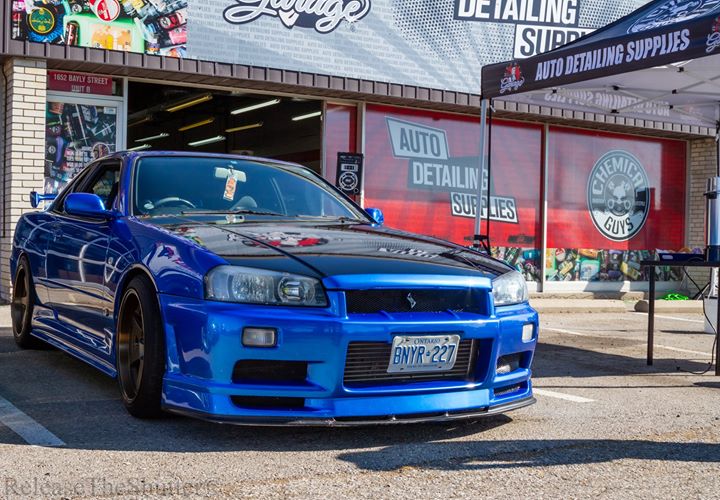





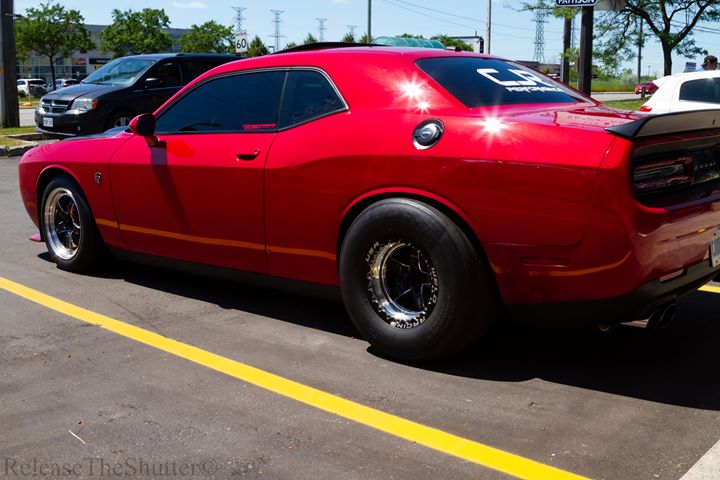

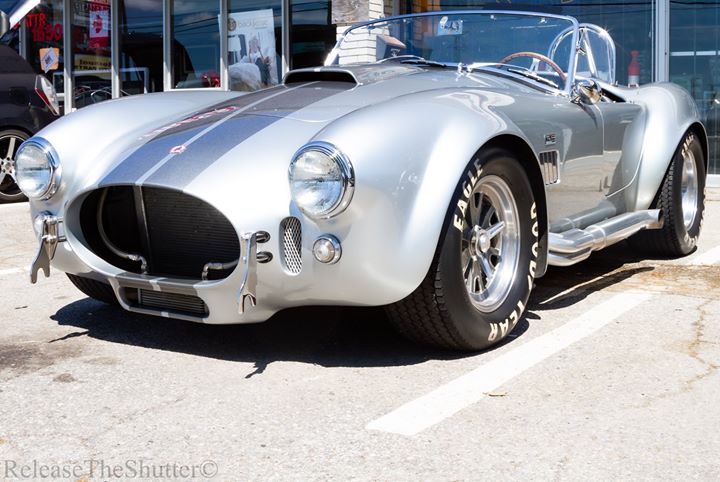

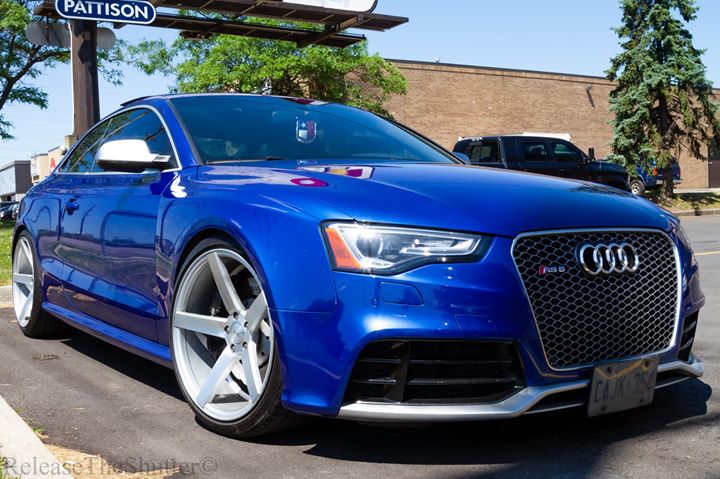



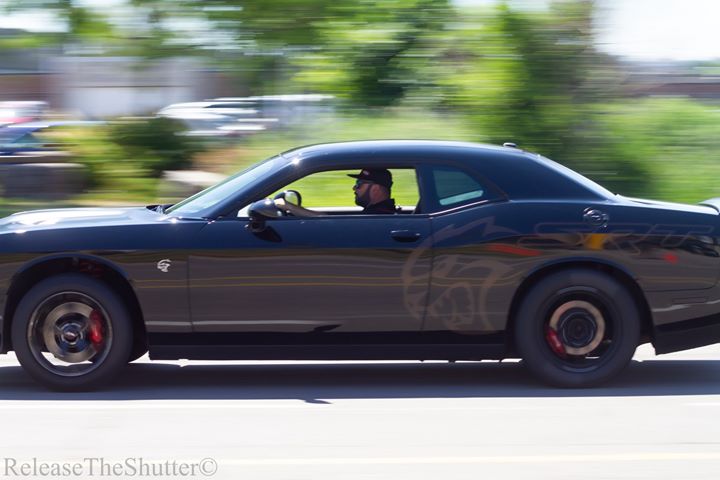









Comments